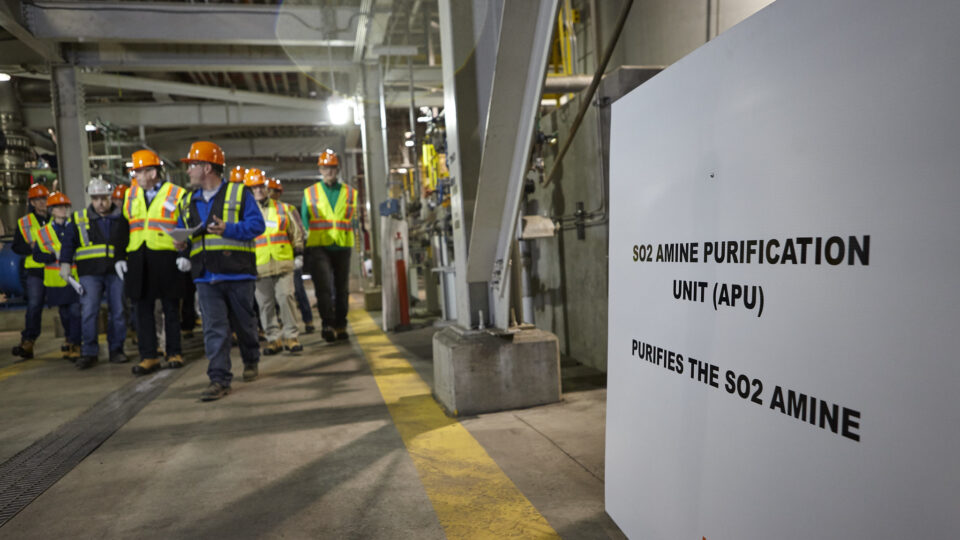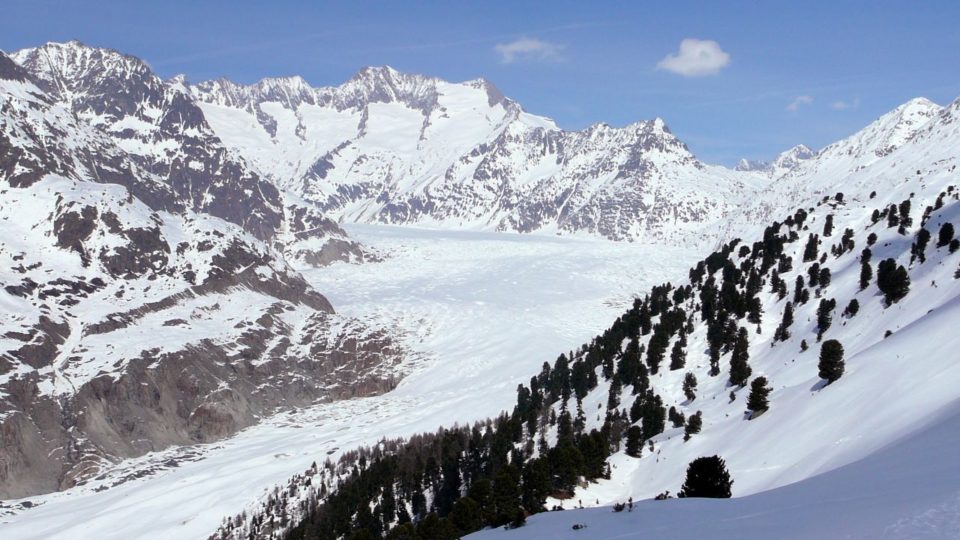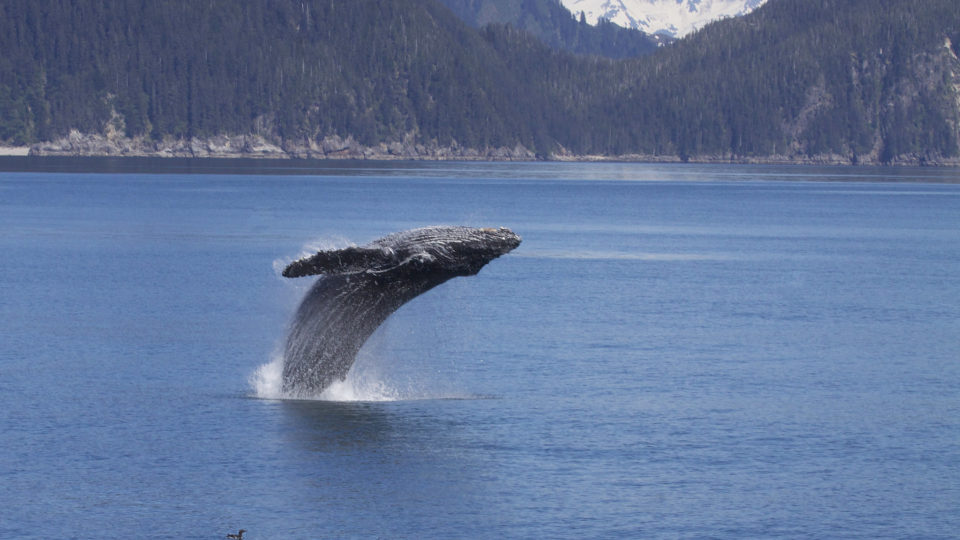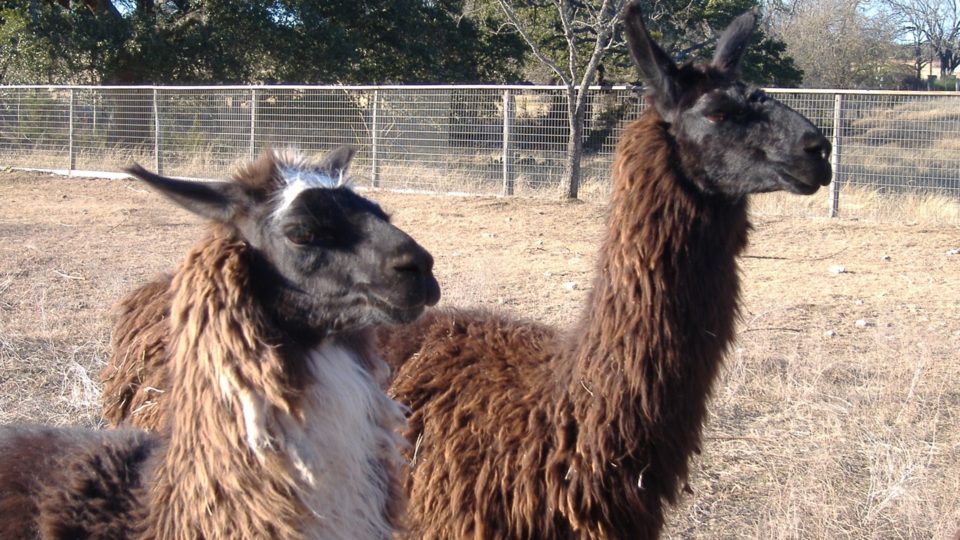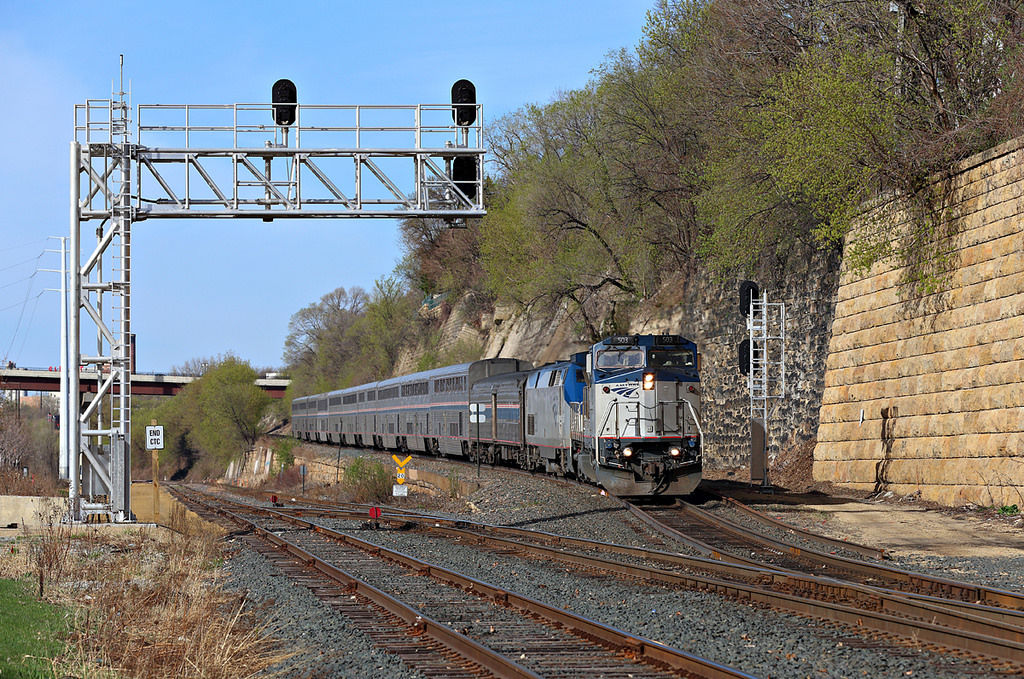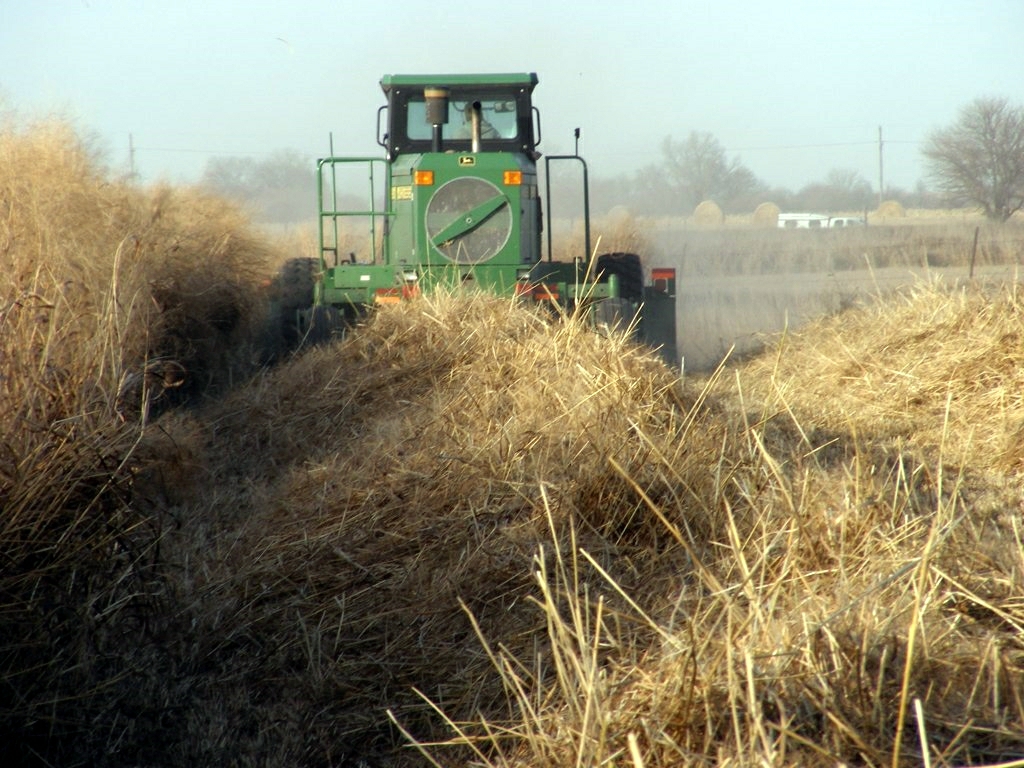Convincing industries to reduce their carbon dioxide emissions has not been easy. Many approaches have been debated, including carbon taxes, carbon tax-and-trade schemes, and passing a giant Green New Deal. Most economists agree that putting a price on carbon is likely to be the most effective approach.
But there is already in place an adjustment to the US tax code that is more of a carrot than a stick. It is a tax credit that is designed to make capturing CO2 a financial winner for a number of high-emitting industries. The credit, called 45Q, was enacted in February 2018.
The 45Q credit earns industrial manufacturers $50 per metric ton of CO2 stored permanently or $35 per ton if the CO2 is put to use. An earlier credit for capturing carbon dioxide was limited to only $20 per metric ton and was capped at 75 million tons. Some large fossil fuel companies did make use of the earlier credit.
The new version does not have a cap, but to qualify, companies need to start constructing carbon-capture facilities within 7 years and have 12 years to claim their money.
Companies with emission-intensive operations are busy figuring out how to take advantage of the credit. These include cement makers, steel and power plants, corn ethanol producers, and ammonia plants.
Because the credit mandates that companies start constructing their carbon-capture facilities within seven years, most companies will tend to rely on mature technologies. But the tax credit should also drive demand for next-generation carbon-capture technologies, of which there are many under development. Saving lots of money on taxes is likely to lure US companies to capture carbon dioxide.
**********
Web Links
45Q, the tax credit that’s luring US companies to capture CO2
Photo, posted October 2, 2014, courtesy of Sask Power via Flickr.
Earth Wise is a production of WAMC Northeast Public Radio.
